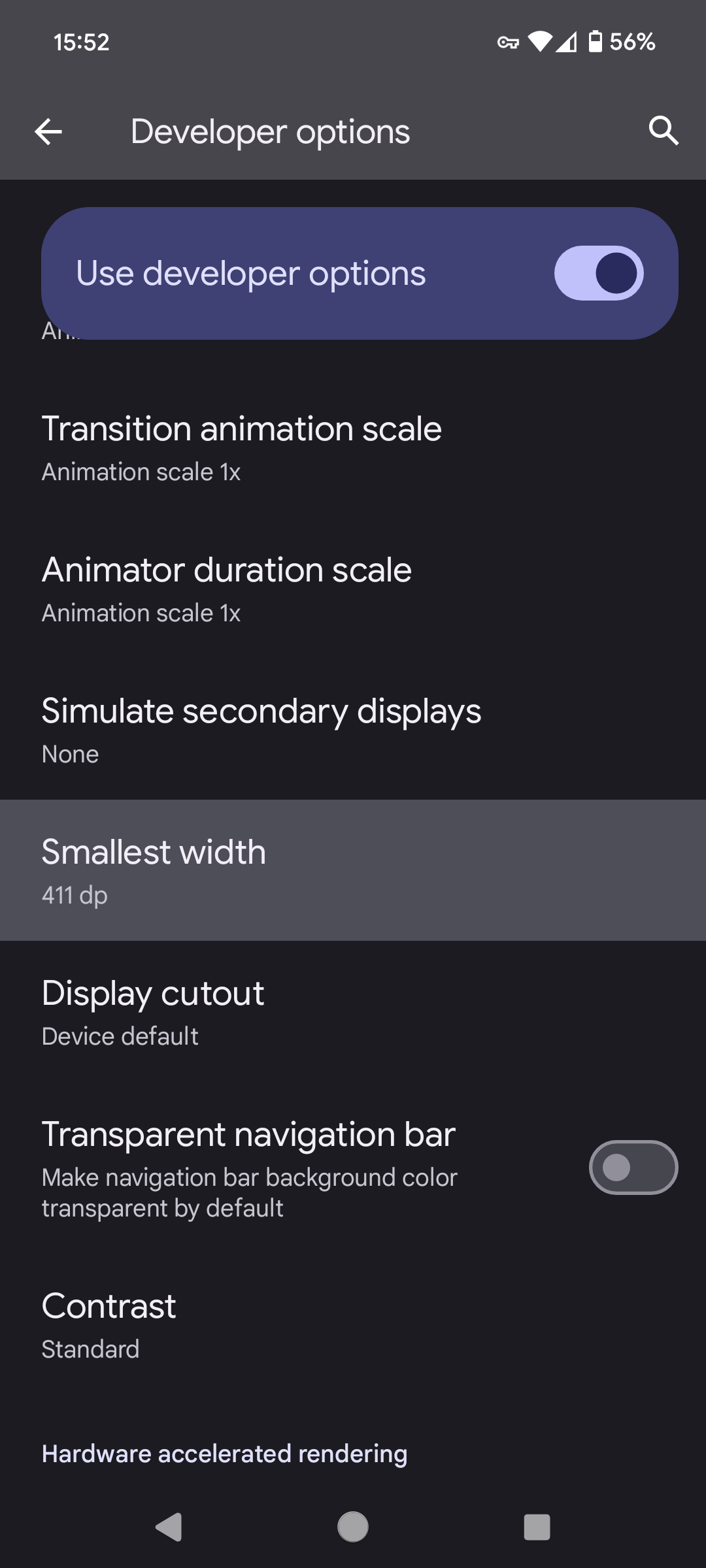Are you able to query to see what IP address that domain returns? Does it return the 192.168.x address that you set?
Edit: But the idea is to first see where the connection is failing… first see what error your browser is returning? 5xx? 4xx? This can be an indication as to where the error is happening. But high-level check DNS first, see if nslookup or dig return the IP address that you set. (Remember changes to DNS entries can take time to propagate). Assuming all of that is correct, then check to see what nginx is showing in its logs. Do you see it logging anything every time you try and access it via the domain name? Next up is checking the logs from plex itself, does it show any logs coming though? etc… But the idea is to find where the connection is breaking down.









I haven’t seen anything myself.
But are you trying to access it remotely or local?
Do you see any errors in the logs of the server or your router? Are you able to load it via chrome on your android device? What about from a PC on the same network?